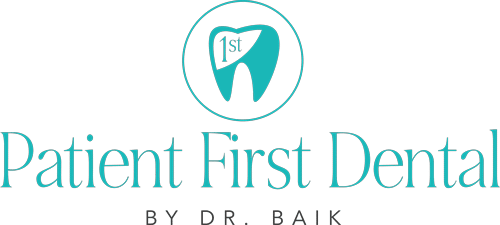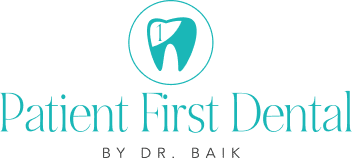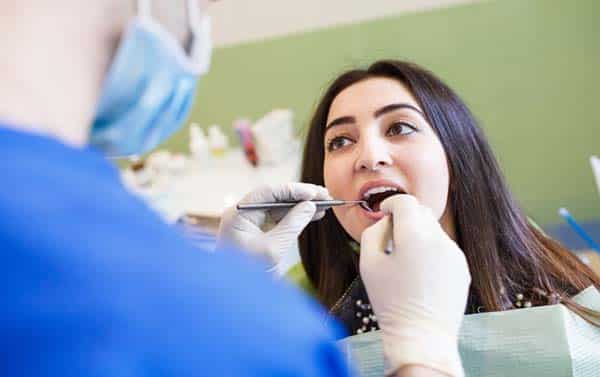What a Dentist Looks at During Your Dental Check-up
When you visit the dentist for your annual dental check-up, what are they looking at? It's important to know because it can help guide your oral health care decisions. During a dental exam, dentists look at many different things to get an accurate picture of your overall oral health. The following is a list of some everyday items that dentists will examine during a typical examination:
Your teeth and gums
Dentists look at the color of both your teeth and gums to determine any changes in their shade. If they notice that either one has changed, they may want to look with a periodontal probe instrument (like an explorer used during dental exams).
The health of your entire mouth
Dentists will also look at the tissue that makes up your lips, cheeks, and tongue. They check for any signs of disease or infection in these areas as well as your gums. During a dental check-up, they will also investigate the back of your mouth using a mirror and instrument called an endoscope or otoscope (depending on which area is being examined).
Your bite relationship
Another important aspect of your dental check-up is checking how your upper and lower teeth come together when you bite down. Dentists examine how your jaw closes to ensure there isn't any pain or discomfort, see if there are any spaces between your teeth if any teeth have shifted out of their normal position, etc.
Cavities or tooth decay
Enamel is a protective outer layer of your teeth that helps to keep the sensitive inner layers from being damaged. However, this thin layer can wear away over time, opening an opportunity for cavity-causing bacteria to enter and cause tooth decay. To check for cavities, dentists will examine this area with a light or dental mirror. This is also the perfect time for them to take a sample of your enamel (known as an "eruption").
Teeth grinding or jaw clenching
Another common reason people visit their dentist is that they are experiencing pain in one or both sides of their mouth. Painful teeth and gums can be caused by several different things, including tooth decay, gum disease, and even teeth grinding. Dentists can tell if you are experiencing jaw pain because your muscles will be sore in the area where it hurts (some places may also appear red).
Dental x-rays
Dentists use dental x-rays to see what's happening below the surface of your gums. This can help them identify disease, tooth decay, or other problems that might be difficult to see with the naked eye (for example, if you have a deep bite where teeth do not meet correctly). Dental X-rays are also helpful because they allow dentists to detect any signs of infection in your jawbone (periodontitis). Dental x-rays identify problems that might be difficult to see with the naked eye and signs of dental disease.
Request an appointment here: https://ddsbaik.com or call Dennis Baik, DDS at (408) 226-5560 for an appointment in our San Jose office.
Check out what others are saying about our dental services on Yelp: Dental Checkup in San Jose, CA.
[recent-blogs count=4 layout=”horizontal” category=”dental-checkup-cat,preventative-dental-care-cat,routine-dental-care-cat,dental-cleaning-and-examinations-cat,general-dentist-cat,general-dentistry-services-cat,routine-dental-procedures-cat”]


